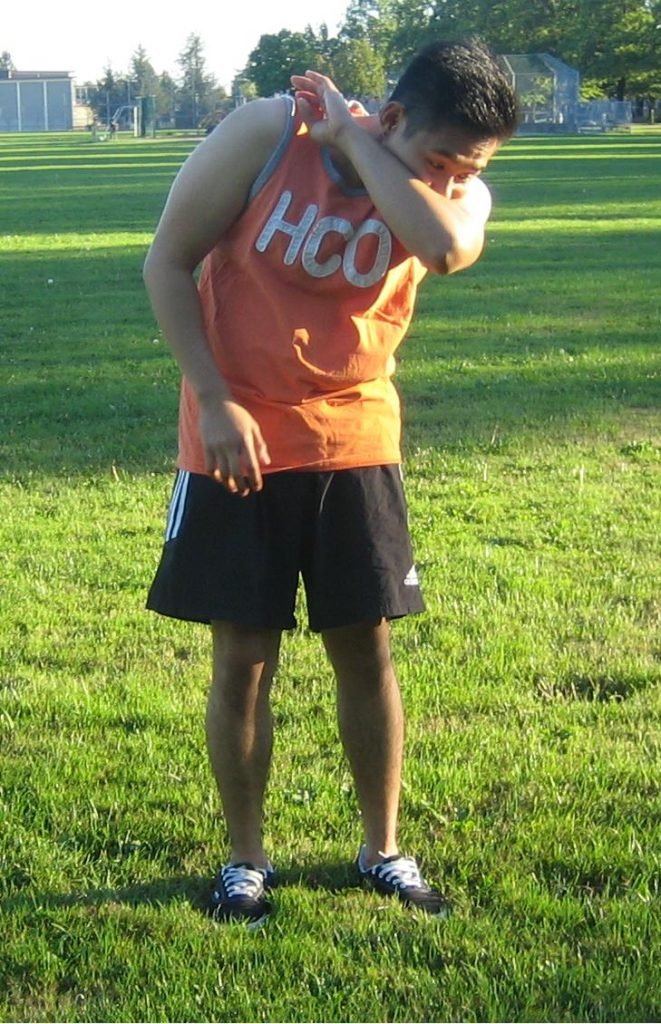A facial laceration is a cut or tear in the skin when struck by a rounded or penetrating object, falls, assault, vehicular accidents and sports accidents. Generally, a facial laceration can involve the nerve and blood vessels and can compromise the skin and soft tissues. The injury can be simple or complex. A complex laceration can involve damage to the tissue. In addition, facial drooping can occur if the nerves in the affected area are damaged.
Facial laceration in children usually happens in the forehead, chin, lip and usually heals in a few days. Furthermore, the facial lacerations on adults can happen anywhere such as the areas around the eyes, cheeks and chin. It can damage the deeper fatty tissues, muscles, tendons, blood vessels and nerves. A laceration usually causes severe bleeding.
Types

- A simple laceration is usually linear and involves a small amount of soft tissue.
- V-shaped flap laceration can cause a soft tissue to be lifted in a V-shape and there is a high risk of scarring on the affected area.
- Lacerations can be jagged or without shape.
- Burst laceration is difficult to treat. It happens when a pointy object bursts the skin to open causing multiple small lacerations spreading out in different directions from the center point of the wound.
- Lastly, complex lacerations can damage the tendons, muscles, ligaments, nerves and the blood vessels.
Causes of a facial laceration
- Falls
- Injuries during sports
- Motor and vehicular accidents
- Assault
- An object that falls on the face
Symptoms
- Bleeding
- Facial drooping
- Open wounds
- Swelling and bruising
- Numbness of the affected area
Treatment
- Stop the bleeding immediately. Using a bandage or a piece of cloth, apply gentle pressure on the wound so the blood will clot and stop the flow of blood. If the bandage is soaked with blood, place another cloth over it and continue applying pressure until the bleeding stops. If the bleeding is severe and there is difficulty stopping it, seek medical help immediately.
- Clean the wound using soap and warm water to remove any dirt or debris in the wound.
- Apply the prescribed first aid ointment or antibiotic to reduce the risk for infection. Change bandages regularly.
- Get a tetanus vaccination to prevent the risk of tetanus.
- Apply steri-strips on minor cuts.
- Take the prescribed pain medications such as acetaminophen or ibuprofen to lessen the pain and inflammation.
- When taking a shower, minimize exposure of the wound to soap and water to prevent irritation. Cover the cut with a washcloth or towel while taking a bath to keep the water and soap out.
- Check for signs of infection such redness and puffiness of the area around the wound, tenderness and drainage of pus. If these are present, seek medical help immediately.
Disclaimer / More Information
The material posted on this page on facial laceration is for learning purposes only. Learn to recognize and manage various injuries with proper wound care by taking a first aid and CPR class with one of our training providers.
FACT CHECK
https://www.webmd.com/first-aid/cuts-or-lacerations-treatment
